Immersive technologies are at the forefront of fundamental learning and development transformations.
People and organizations need to continuously learn. Rather than a sequence of jobs, 21st century careers will be more like a series of developmental experiences focused on lifelong learning. And this is not some Utopian and distant future; this change is already happening, and leaders need to foster a culture of development and adaptability to keep up.
Immersive technologies, namely virtual, augmented and mixed reality, are at the forefront of this transformation. By rewriting the way people connect — with information, experiences and each other — these technologies can lead enterprise toward higher standards of performance.
VR is currently disrupting learning and development in a number of ways. It’s allowing organizations to standardize and deliver training at scale so everyone can get the same quality of training regardless of where they are or what their role is. It allows companies to reduce money spent on travel or facility downtime when training large teams. It can also reduce health and safety risks for people who deal with high-risk situations, allowing them to learn through simulations and gain practical experience without danger.
VR also can eliminate the distance between student and teacher as well as between concept and practice. Companies can even change their entire corporate culture by influencing behavior at individual level.
Welcome to the future of how we think.
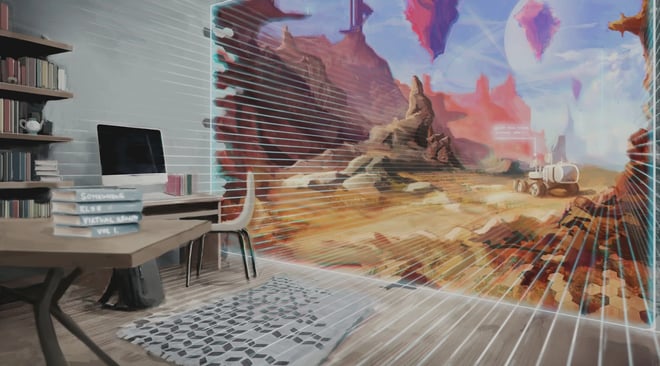
Training & Development Today
VR training currently fits into one of three models: skills-based, knowledge-based and behavioral.
Here’s a throwback to 1966: The Beatles release “Revolver,” the Vietnam War rages on and Time magazine reports on the effects of a strange new substance called LSD. In another mind-expanding event, Thomas A. Furness III creates the first visual flight simulator — and takes the first steps into VR training.
Furness created this simulator to train U.S. Air Force pilots. He built head-mounted displays so trainees could experience real-world scenarios that were too costly or dangerous to recreate in reality. Pilots repeated key tasks and learned incident management tactics in simulated conditions. This is a decades-old example of the skills-based model of VR training: teaching practical skills by using the body as a natural interface and developing physical memory through repetition.
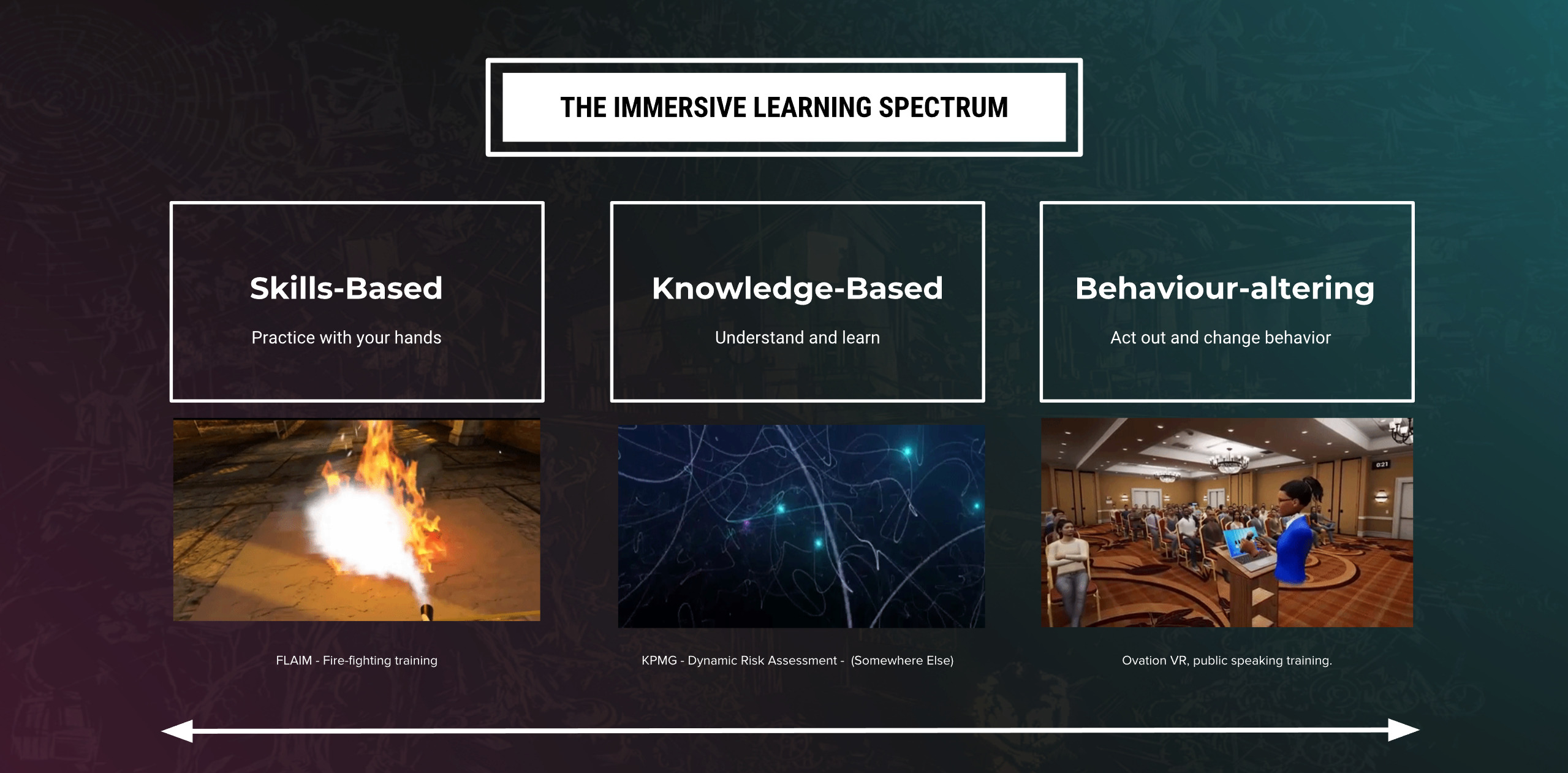
Model #1 - Skills-based
Consider the more current example of José, who has been hired as a maintenance operator on an offshore rig for a big oil company. It’s a high-risk job, so he’ll need to learn and follow strict health and safety codes to operate machinery and maintain equipment. Before he can set foot on the oil rig, José visits the oil company’s training center so he can be trained in a simulation on a virtual rig. He puts on the VR headset and starts the tutorial.
Essentially, José receives an explanation, then a prompt and completes an action. If he makes a mistake, he hears the explanation again and repeats the action until he does it correctly. José uses his body as a natural interface to interact with objects in the simulation, which stimulates muscle memory.
José’s story is inspired by a solution developed by EON Reality for the Institute of Technical Education’s Marine and Offshore Technology program.
With the knowledge-based model of VR training, content is replaced in its spatial context, enhancing cognition.
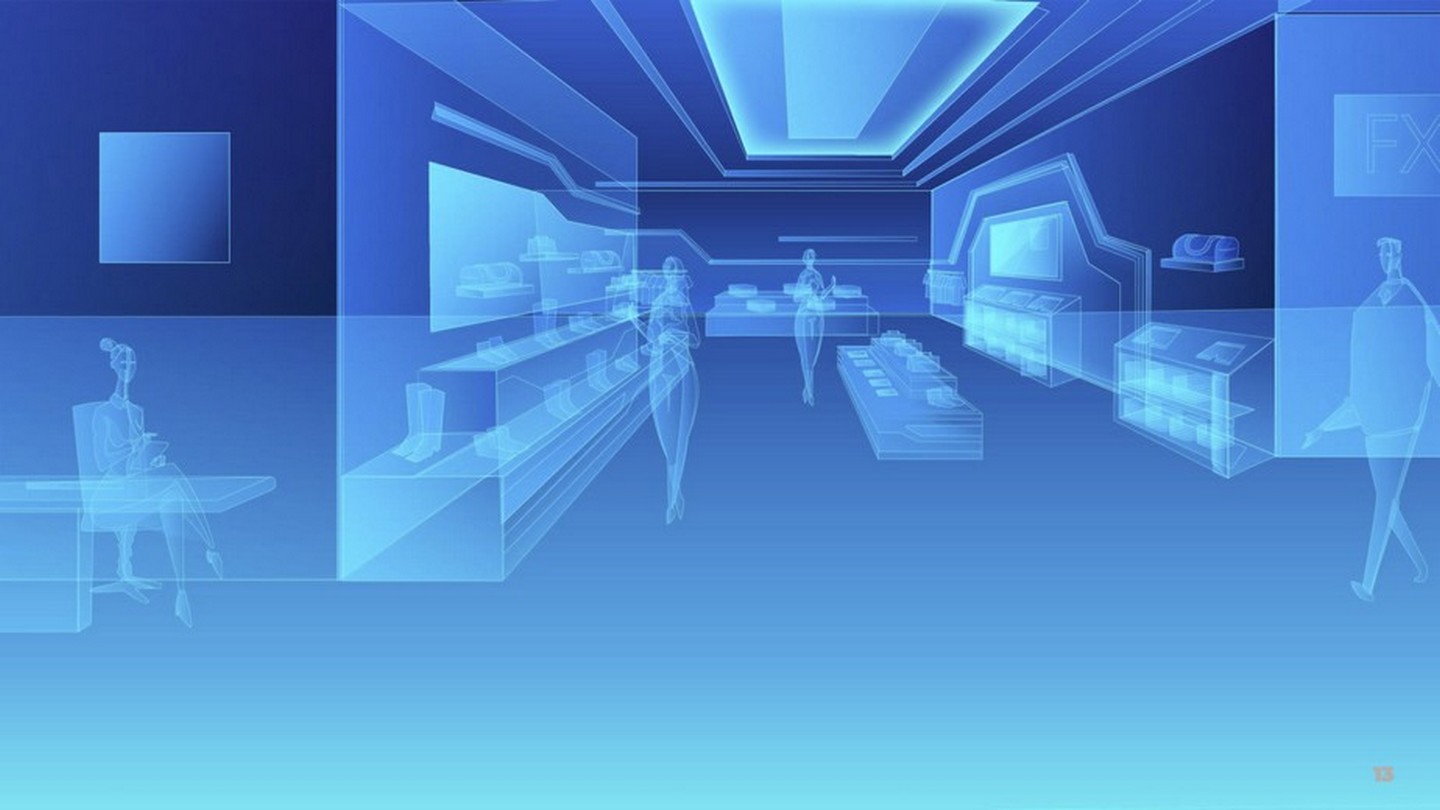
Model #2 - Knowledge-based
Consider Alberta, for example, the head of innovation for a multinational manufacturing company. Alberta needs to catch up on the latest lean manufacturing practices. Rather than traveling abroad on an intensive course for three days, she plugs her company VR headset into her laptop and logs into the training platform. There she can access an entire catalog of case studies, animated scenarios and interactive exercises that bring her up to speed.
Every week, Alberta spends one to two hours on the course, explores an entire learning ecosystem with other executives and tests her knowledge of the content she studied — in VR, online and offline. For 12 weeks, Alberta learns and reflects on what she’s learned and is able to directly apply these learnings in her own department.
Alberta’s story is inspired by GEMBA by The Leadership Network, a VR training platform developed by immersive technology agency Somewhere Else to provide senior executives with a tool to solve the challenge of implementing high-level training on a mass scale.
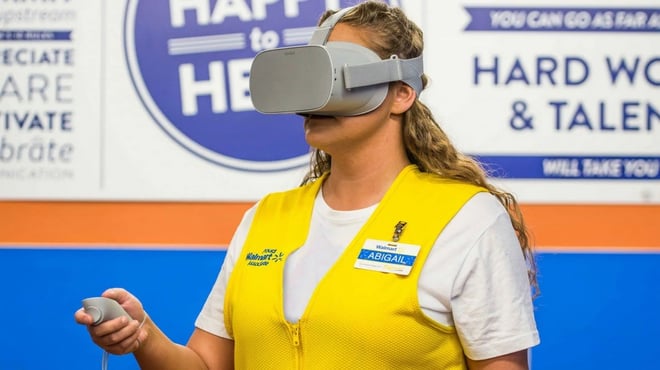
Model #3 - Behavior-based
Today, most VR training platforms are built on the skills- or knowledge-based models. Behavioral training is the latest wave of VR adoption, in which VR is used to train for more human interactions.
With automation threatening to replace millions of what McKinsey & Co. has called “predictable physical jobs,” vast portions of the workforce will need to be retrained toward less automatable jobs. Those jobs include management, customer service and other roles involving sophisticated human-to-human interaction. At this point in 2018, to affect behavior with VR is fast becoming less of a sci-fi question and more one of scalability. VR already uses the body as a natural interface, which allows simulation of social, emotional and even near-spiritual experiences. So from powerful experiences, we can engender perspectives.
For an example of behavioral VR training, consider Ellie, who was recently promoted to customer service representative for an international retailer. Her new role involves a lot of face time with customers and the ability to deal with unexpected situations. Ellie is worried that she lacks the confidence to think on her feet. However, her company has a VR training program that teaches new representatives the best ways to deal with unexpected situations or unpredictable customers.
Ellie goes through a series of scenarios that play out as interactive 360-degree videos, and as she completes each one, she gains more confidence. As the difficulty increases, so does her anxiety. However, with each successful attempt, she reacts more calmly and professionally. From conflict resolution to better standards of service, Ellie’s learning experiences are only limited by the content that she can access.
Ellie’s story is inspired by Walmart’s VR Training Academies, which consist of scenario-based programs developed by immersive technology company STRIVR for Walmart to use at scale across the United States.
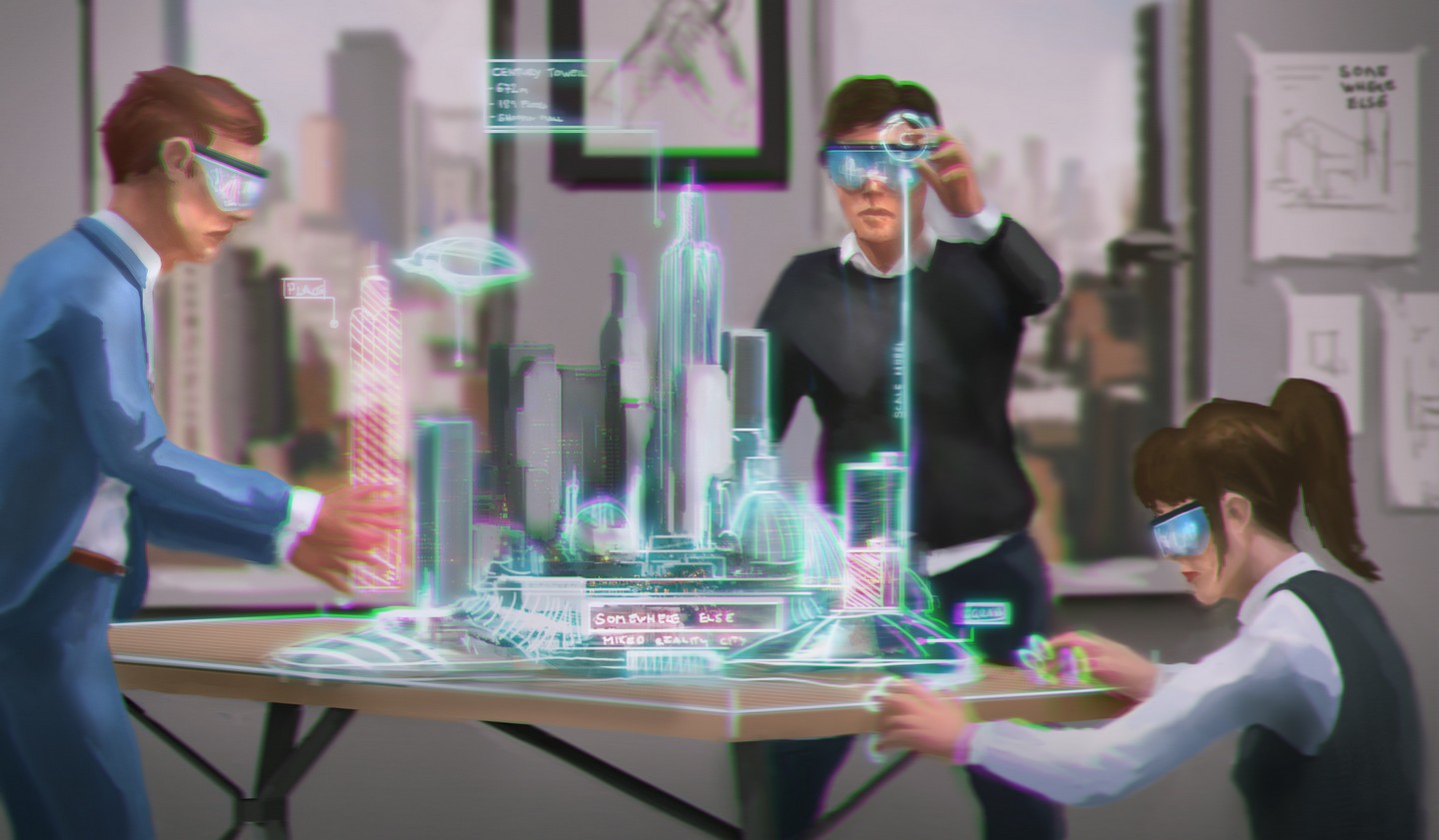
Digital Transformation Tomorrow
With the rise of big data, AI and the “internet of things,” immersive technologies have yet to reveal their true potential. The more emerging technologies integrate, the more engaging and effective learning becomes. In this vision of the future, training isn’t restricted to a few hours a week. Mixed reality gives us a head-mounted display that layers virtual objects onto the physical world. With relevant, timely and informative data, consider how José, Alberta and Ellie can learn continuously while they carry out their everyday tasks.
Imagine: José has worked on the offshore oil rig for a few years and now uses a mixed reality headset that’s built into his hard hat. It overlays information on relevant objects that are in his field of view to guide him through the steps of a new maintenance routine he has to perform. Technical teams on the mainland produce and update the information José sees and can get a live feed of what he sees if he struggles with any issues.
All the equipment on the rig is connected to the central mainframe, which receives regular status updates and regulates the flow of information. José only gets the relevant and dynamic content that will help him complete his task. In the end, José is one with the oil rig; his body integrates into the architecture, which responds to his actions in real time.
Alberta now uses a mixed reality headset for everything: to process numerical and visual information, visualize complex problems across her organization and familiarize herself with emerging concepts in her field. She is able to bridge the gap between the real manufacturing environment and the data she has about it. She can run simulations, bring colleagues in virtually to inspect her environment and make AI-assisted real-time decisions on how to optimize the manufacturing process. The learning and the application have become simultaneous.
Ellie needs to constantly adapt to new products and ways of improving customer service. Instead of learning with pre-scripted experiences, she wears her virtual reality headset and launches a simulation populated by conversing AI characters. With the real-time data collected by the company, simulated customers based on real current situations come to Ellie with randomized problems to solve and give her realistic feedback on her performance. Ellie’s performance data is saved so the AI can adjust the learning curve with each training session.
The Future is Already Upon Us
A 2016 report by learning and talent management provider Kallidus, “Virtual Reality: The Next Big Transformational Learning Technology,” estimated that 91 percent of L&D professionals planned to use VR in their organizations, with up to 32 percent of people saying they would be using it within three years.
Companies are changing fast. So is learning. Don’t get left behind.

